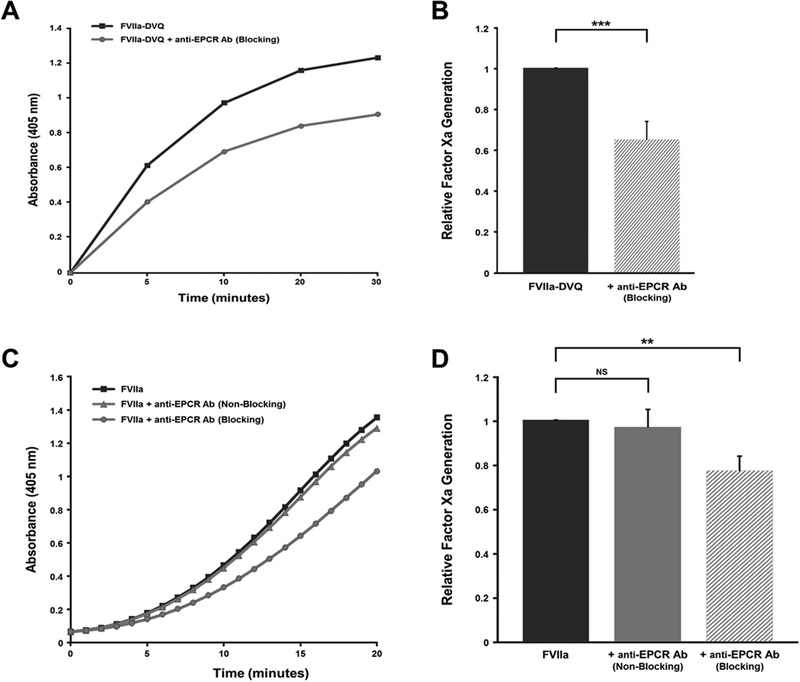Figure 2. The platelet surface activity of FVIIa and FVIIa-DVQ is dependent on binding to EPCR.

(A) Freshly isolated platelets were activated with thrombin plus convulxin and incubated with 100 nM FVIIa-DVQ in the presence and absence of excess (250 nM) anti-EPCR antibody (blocking). Plasma levels of FX (135 nM) were added and FXa generation assessed by continuously measuring cleavage of a chromogenic substrate. Data shown is a representative plot of actual FXa generation rate as a function of optical density at 405 nm over time. (B) FXa generation rates from multiple donors and experiments were normalized to the rate of FXa generation in the absence of antibody (=100%). Data shown represents the mean ± SD (n=6). No difference was seen in the rate of FXa generation in the presence of either an isotype control or a non-blocking anti-EPCR antibody. (C) FVIIa-dependent FXa generation was assessed using a prothrombinase detection system as described in ‘Methods’. Activated platelets were incubated with 100 nM FVIIa in the presence and absence of excess (250nM) anti-EPCR (blocking or non-blocking). Thrombin generation was assessed by continuously measuring cleavage of a chromogenic substrate. Data shown is a representative plot of actual thrombin generation rate as a function of optical density at 405 nm over time. (D) FXa generation rates were determined for each experiment and normalized to the rate of FXa generation in the absence of antibody (=100%). Data shown represents the mean ± SD (n=7). ** P < 0.01, *** P < 0.001 by paired t-test, NS = not significant.
